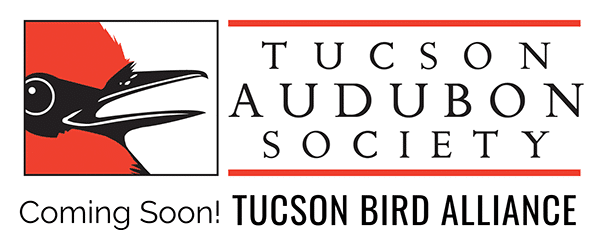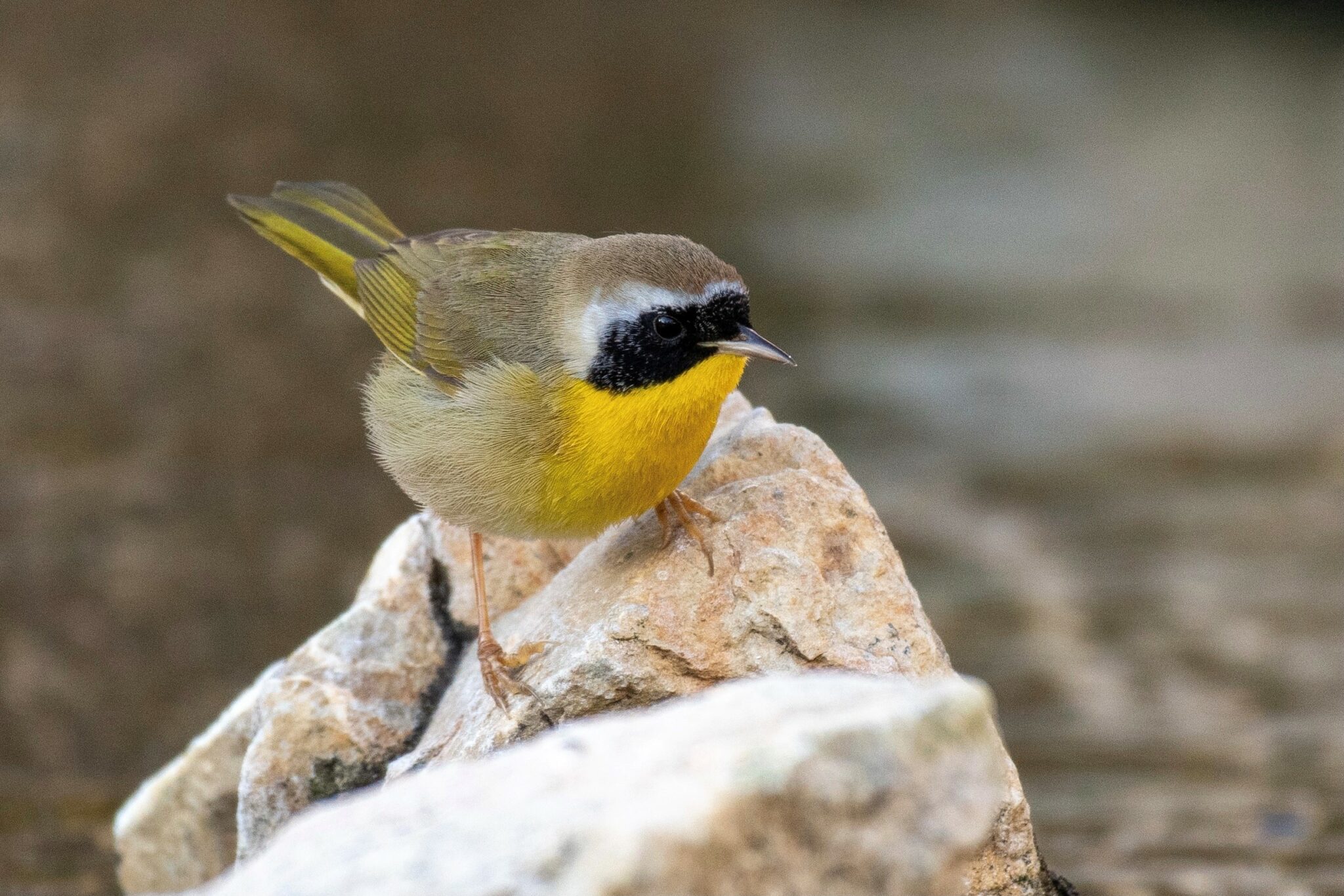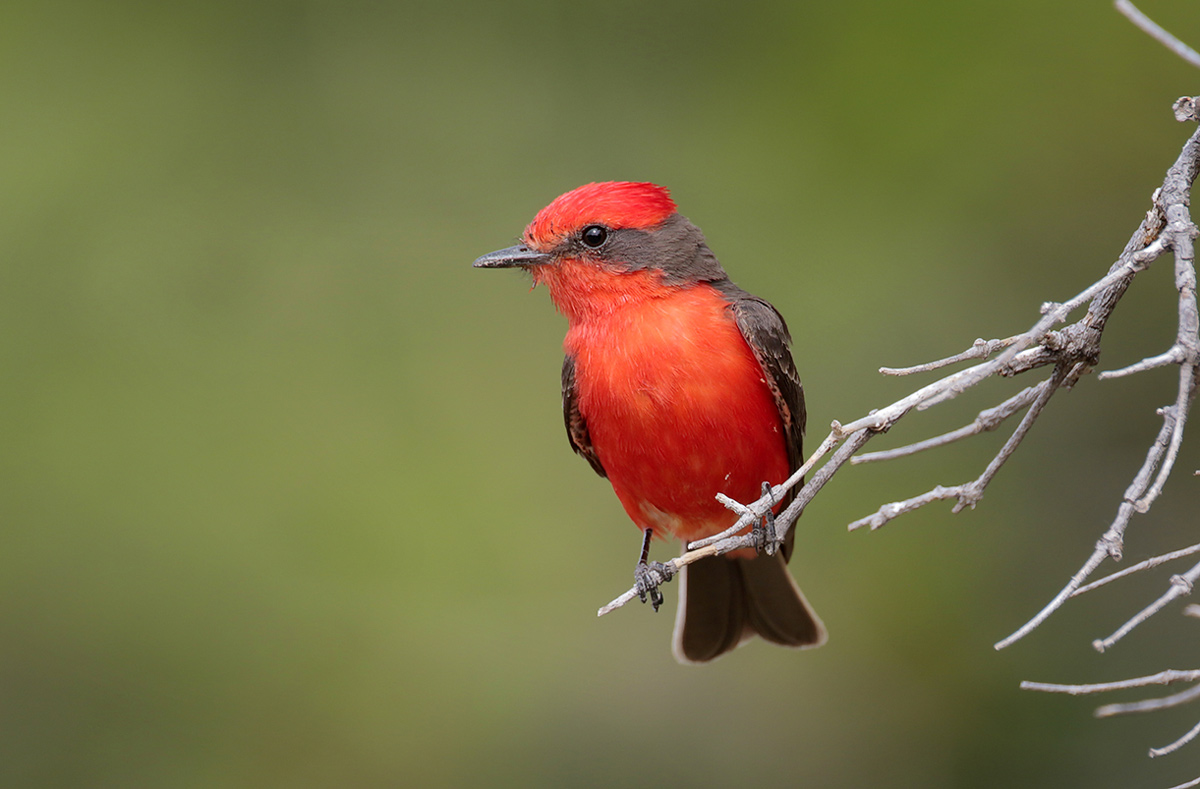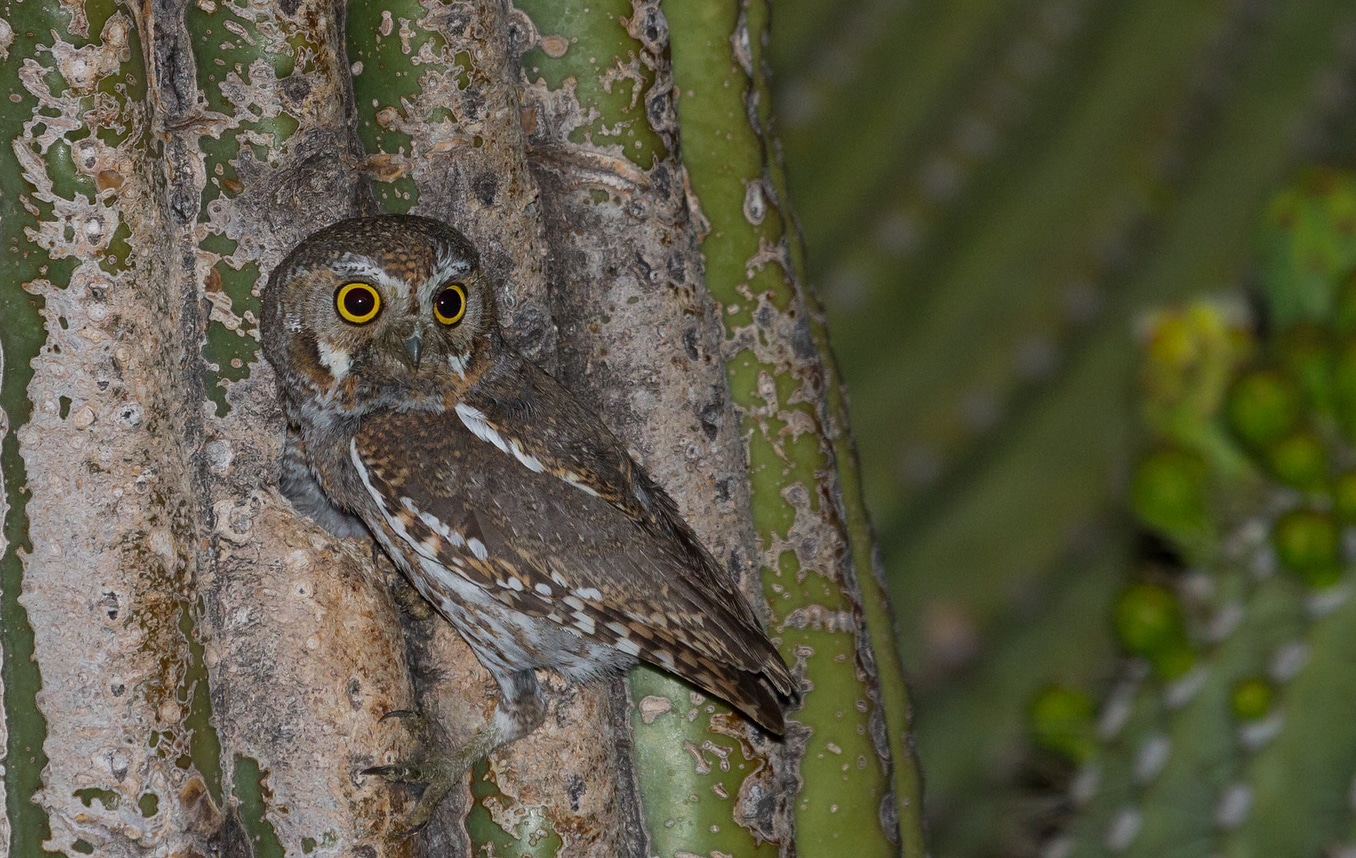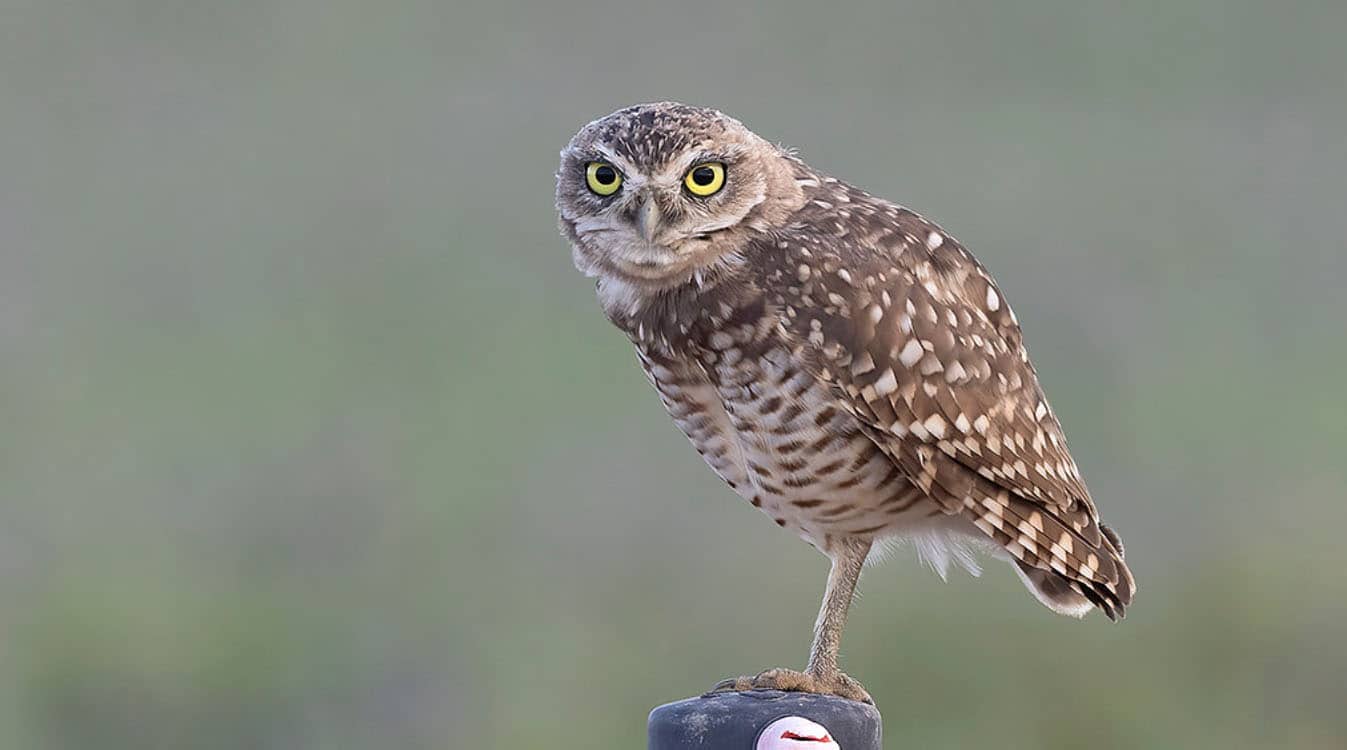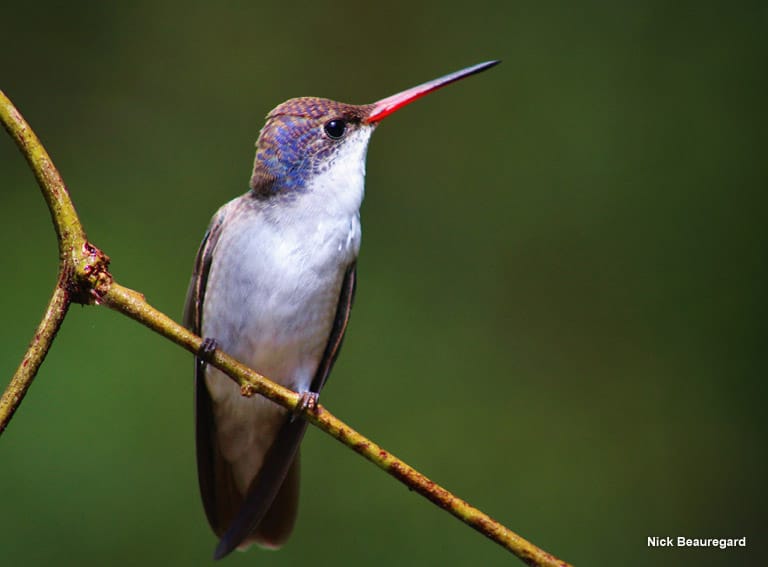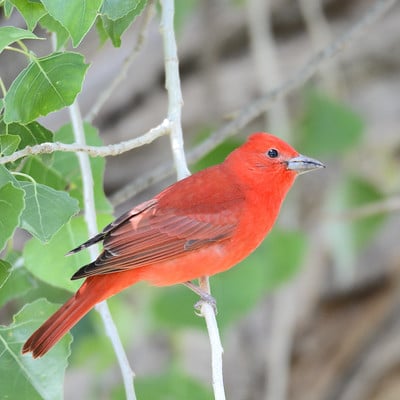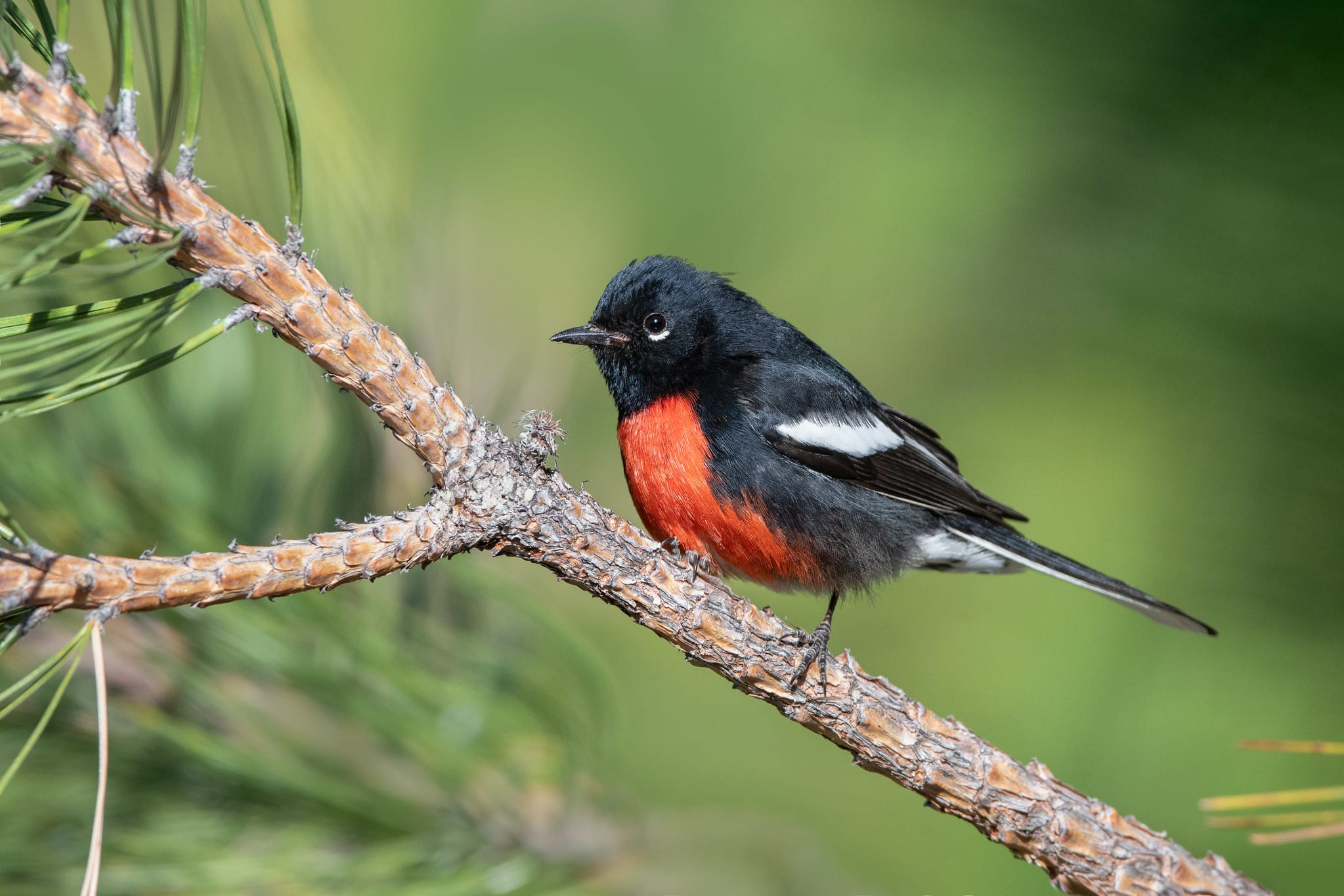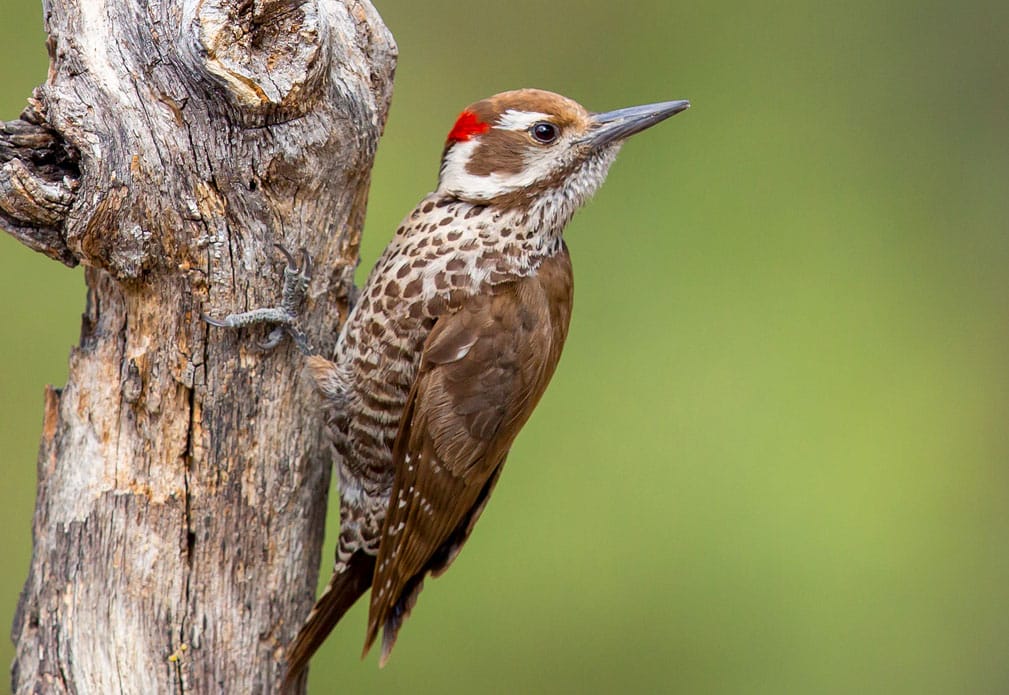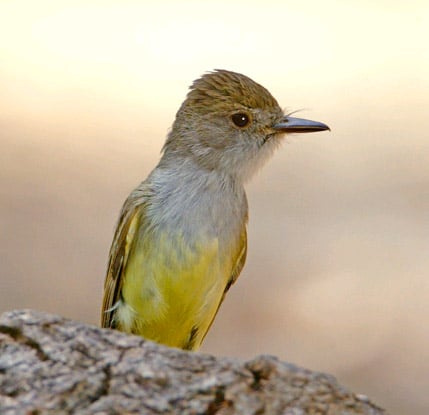Difficulty: Easy (Mostly flat, groomed trails)
Finish out your birding day by walking around Sweetwater Wetlands looking for Cinnamon Teal, Tropical Kingbirds, and Common Yellowthroats. We’ll follow up our birding heading to Brother John’s BBQ for some great food (lots of appetizers!) and drinks. Drink ticket included. Limited to 9 participants.
